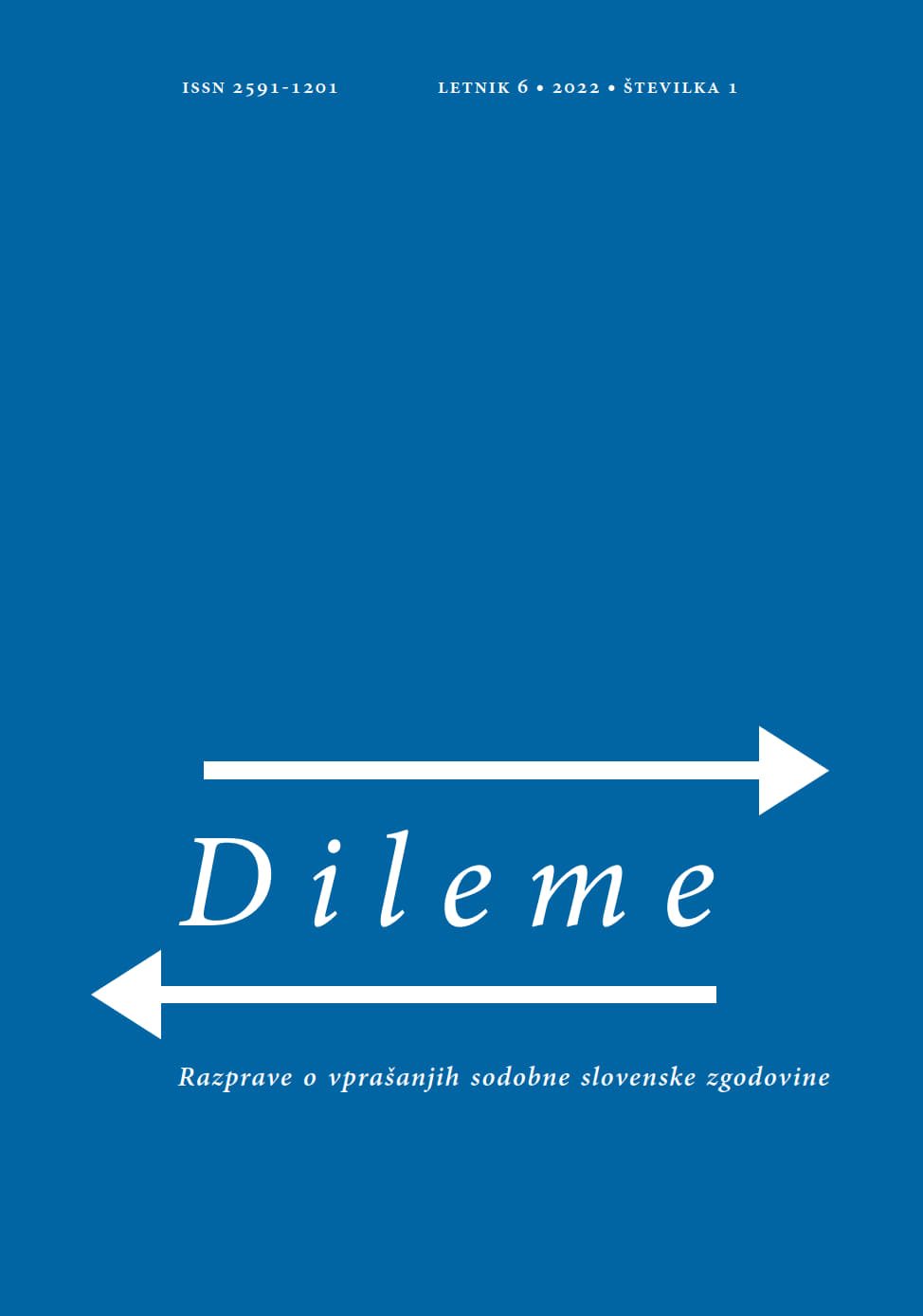Prostorske politike v avtoritarnih in totalitarnih režimih: odprta vprašanja in novi raziskovalni pristopi, Ljubljana, 12. 4. 2022
Spatial Politics in Authoritarian and Totalitarian Regimes: Open Questions and New Research Approaches, Ljubljana, 12 April 2022
Author(s): Matic BatičSubject(s): Cultural history, Interwar Period (1920 - 1939), WW II and following years (1940 - 1949), Post-War period (1950 - 1989), History of Communism, Fascism, Nazism and WW II, Conference Report
Published by: Študijski center za narodno spravo
Keywords: spatial politics; authoritanism; totalitarianism; Central Europe;
Summary/Abstract: One of the defining features of the “short 20th century” has been the rise of the authoritarian and totalitarian regimes. Although the differences between many of those authoritarian and totalitarian states have been profound, there were also a number of similarities and common characteristics. One of those was the extensive employment of spatial politics (e. g. building monuments, fostering certain architectural styles, developing new urban spaces etc.) as means of projecting power, expressing values or (re)shaping a new man. One need only think about many building projects undertaken (or projected) by Nazi Germany or the Soviet Union, characterized by their excessive monumentality coupled with classicist architectural aesthetics. However, the spatial politics of totalitarianism was far from exclusively reactionary or monolithic, as it was also deeply connected with new avant-garde forms of architecture and urbanism.
Journal: Dileme: razprave o vprašanjih sodobne slovenske zgodovine
- Issue Year: 6/2022
- Issue No: 1
- Page Range: 185-189
- Page Count: 5
- Language: Slovenian

